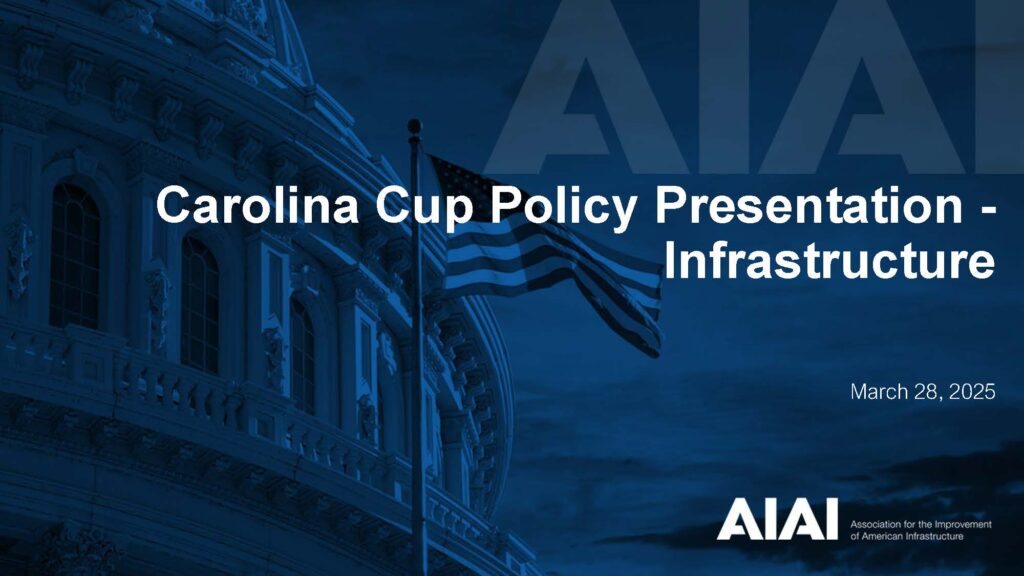Infrastructure took center stage during Civint’s recent policy discussion as public officials, business and nonprofit leaders and policy experts from South Carolina, North Carolina, and Georgia assessed the road ahead for transportation, utilities, and capital projects at the local level.
Lisa Buglione, executive director of The Association for the Improvement of American Infrastructure (AIAI) and Emily Huber, senior policy advisor, led a session outlining the broader implications of federal budget negotiations, including efforts to cut non-defense discretionary spending by up to $1.5 trillion over the next decade. This has created uncertainty around previously authorized programs such as the Infrastructure Investment and Jobs Act and the Inflation Reduction Act, both of which helped support local infrastructure efforts in recent years.

Participants noted that while core transportation funding has largely been maintained through continuing resolutions, programs tied to housing and urban development—such as Community Development Block Grants—have seen reductions. With a constrained federal outlook, the upcoming Surface Transportation Reauthorization presents a critical window for cities and counties to advocate for local priorities.
One theme echoed throughout the conversation was around the importance of returning to “back to basics” planning. The presenters encouraged local leaders to focus on strategic, high-impact projects with strong economic rationale, and to clearly communicate the value of those projects to both federal and state partners.
Attendees also discussed the increasing relevance of public-private partnerships (P3s) to supplement limited federal support.
While the current environment poses real challenges, leaders left the session with actionable strategies. These include prioritizing shovel-ready projects, aligning infrastructure planning with workforce and housing goals, and proactively engaging in federal rulemaking and budget discussions.
Infrastructure remains a foundational issue for local governments and adapting to new fiscal realities will be essential for continued progress.
Civint continues to stay on top of these issues and their impact on local governments. Sign up here for our newsletter to get updates.




